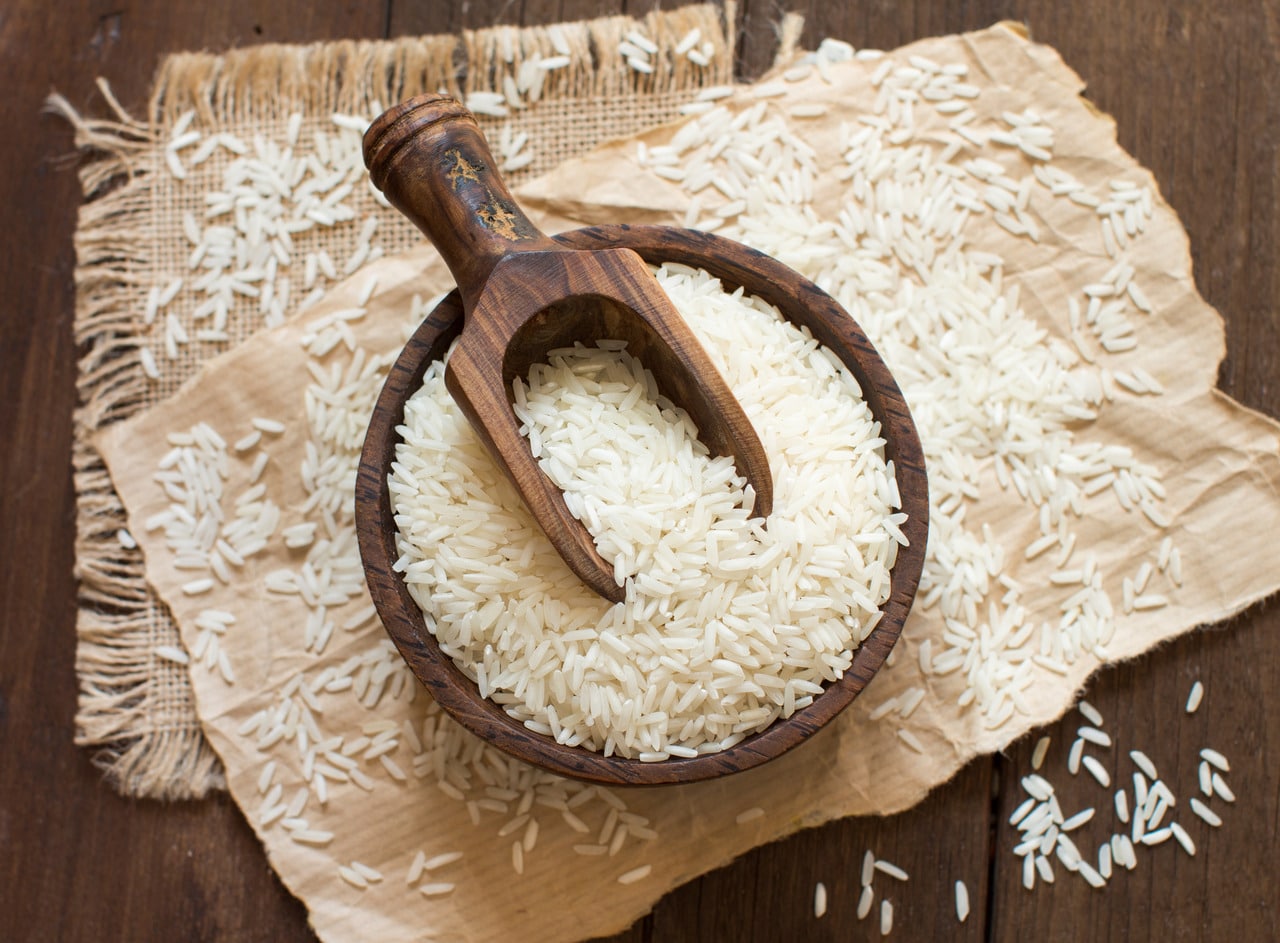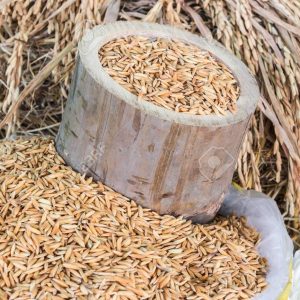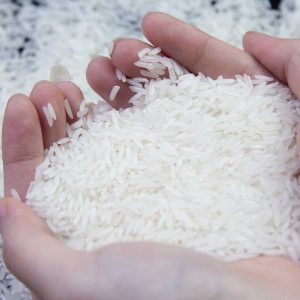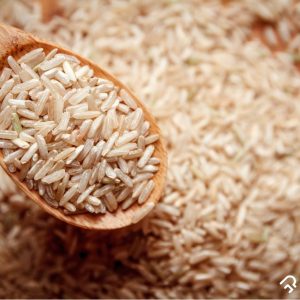Basmati Rice: A Comprehensive Guide
Introduction
Basmati rice is a long-grain rice variety known for its fragrant aroma, delicate flavor, and fluffy texture. It is a staple in Indian and Middle Eastern cuisines and is highly prized for its unique qualities. This guide provides an in-depth look at Basmati rice, covering its origin, nutritional profile, types, culinary uses, and cooking tips.
What is Basmati Rice?
Basmati rice is a variety of long-grain rice that is primarily grown in the Indian subcontinent and parts of Pakistan. The name “Basmati” is derived from the Sanskrit word “Vasmati,” which means “fragrant” or “aromatic.” This rice is known for its slender, elongated grains that expand significantly when cooked, resulting in a light and fluffy texture.
Origin and History
Basmati rice has been cultivated in the Indian subcontinent for thousands of years. It is traditionally grown in the foothills of the Himalayas, where the unique combination of soil, climate, and water quality contributes to its distinctive characteristics. Over time, Basmati rice has become a staple in Indian, Pakistani, and Middle Eastern cuisines and is now enjoyed worldwide.
Nutritional Profile
- Carbohydrates: Basmati rice is a rich source of complex carbohydrates, providing sustained energy.
- Protein: It contains a moderate amount of protein, essential for muscle repair and growth.
- Vitamins and Minerals: Basmati rice is a good source of essential vitamins and minerals, including:
- B Vitamins: Thiamin, niacin, and pyridoxine.
- Minerals: Magnesium, phosphorus, zinc, and iron (in enriched varieties).
- Fiber: Whole grain (brown) Basmati rice contains more dietary fiber than white Basmati rice, aiding in digestion and promoting satiety.
Types of Basmati Rice
- White Basmati Rice:
- Characteristics: Polished and white in color with a fragrant aroma.
- Texture: Fluffy and separate grains when cooked.
- Common Uses: Ideal for biryanis, pilafs, and as a side dish for curries and grilled meats.
- Brown Basmati Rice:
- Characteristics: Retains the bran layer, giving it a tan color and nutty flavor.
- Texture: Chewy and slightly denser than white Basmati.
- Common Uses: Suitable for salads, hearty pilafs, and health-conscious dishes.
Culinary Uses
- Indian Cuisine:
- Biryanis: Basmati rice is the preferred choice for making biryanis, a flavorful and aromatic rice dish with meat, seafood, or vegetables.
- Pulao/Pilaf: Basmati rice is often used in pulao or pilaf recipes, which are rice dishes cooked with spices, vegetables, and sometimes meat.
- Side Dish: Served as a side dish to complement rich and spicy curries, dals, and grilled meats.
- Middle Eastern Cuisine:
- Pilafs: Basmati rice is used in various Middle Eastern pilafs, which are often seasoned with spices, nuts, and dried fruits.
- Stuffed Vegetables: It is also used as a filling for stuffed vegetables like peppers, tomatoes, and grape leaves.
- Western Cuisine:
- Salads: Brown Basmati rice adds a nutty flavor and chewy texture to salads.
- Rice Bowls: Basmati rice serves as a base for rice bowls topped with vegetables, proteins, and sauces.
Storage Tips
- Dry Storage: Store uncooked Basmati rice in an airtight container in a cool, dry place. It can last indefinitely if kept away from moisture and pests.
- Cooked Storage: Store cooked Basmati rice in the refrigerator in an airtight container. It is best consumed within 4-6 days. It can also be frozen for longer storage.
Health Considerations
- Glycemic Index: Basmati rice has a lower glycemic index compared to other white rices, making it a better option for individuals managing blood sugar levels.
- Digestive Health: The fiber content in brown Basmati rice supports digestive health and helps prevent constipation.
- Heart Health: The low-fat content and presence of heart-healthy nutrients in Basmati rice contribute to overall cardiovascular health.
Environmental Impact
- Sustainable Farming: Choose brands that emphasize sustainable farming practices, such as organic farming and non-GMO practices, to reduce environmental impact.
- Packaging: Consider the environmental impact of packaging. Opt for products with minimal or recyclable packaging to support environmental sustainability.
Conclusion
Basmati rice is a versatile and nutritious grain that adds a unique aroma and flavor to a wide range of dishes. Its long, slender grains and fluffy texture make it a favorite in many cuisines, particularly in Indian and Middle Eastern cooking. Understanding its types, nutritional benefits, and cooking methods can help you make the most of this exceptional rice variety. Whether you’re preparing a traditional biryani, a simple pilaf, or a healthy salad, Basmati rice provides a delicious and aromatic foundation.





Reviews
There are no reviews yet.